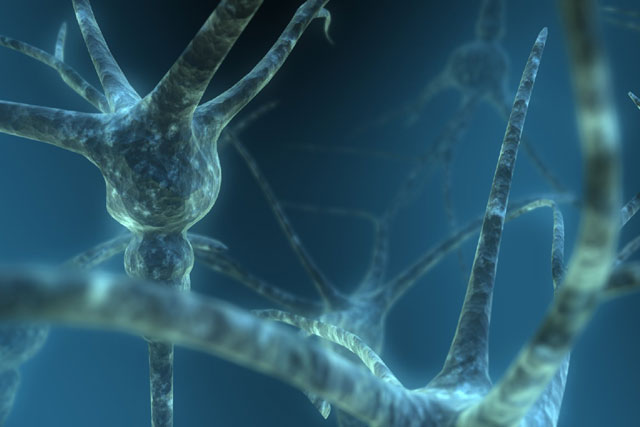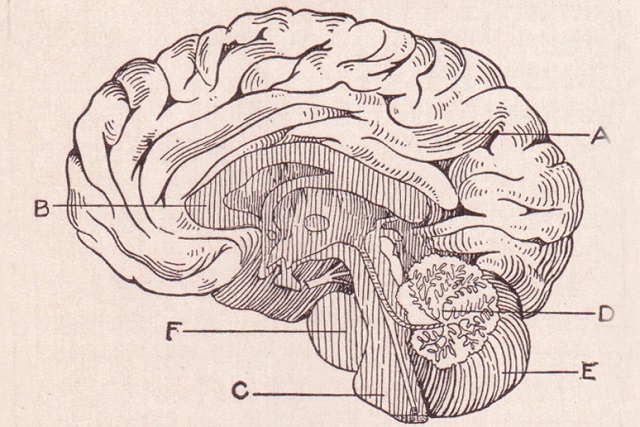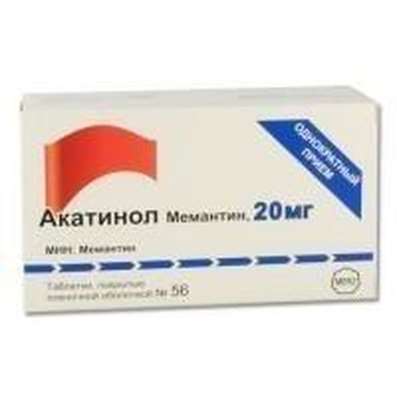FAQ: The cellular basis of behavior
29 Oct 2016
5 facts about neurons studies dealing with isolated brain and model organisms.
Our life works is quite simple. Not so long ago it became clear that we have only about 20,000 genes. We know almost all the basic physiological processes occurring in our cells, and is unlikely to discover something completely new in the field. And we're pretty good idea of the principles of the majority of organs, tissues.

- 1.Study of nerve cells in the simplest model organisms
The brain is a particular challenge for the researcher, because there are too many cells - about one hundred billion. One approach to elucidation of the mechanisms of the brain was used in the model organisms that have fewer nerve cells. Such organisms are well known. These include, for example, a fly-Drosophila and the nematode C. elegans. In this nematode around the body about a thousand cells, including several hundred neurons. But, unfortunately, in these animals the nerve cells are very small, and they do not allow the use of classical physiological methods.
A nerve cell electrical works, and about its basic properties we know for a long time. Work nerve cell it based on the fact that it contains ion channels that can be opened either by changing the membrane potential on it or by the action of chemicals that come from other cells. These processes are well studied primarily due to the fact that the nerve cell can be inserted microelectrode. With this electrode, you can see how a cell can change its own activity. If you enter the two electrodes in the cells at the same time, you can see how one cell affects the other. And if the body such as, for example, a worm C. elegans, have only a few hundred cells, then in principle it is possible to view all communications between cells to examine how their work determines behavior. Unfortunately, the most favorite model organisms in biology, such as flies and nematodes, the nerve cells are small, and these nerve cells is extremely difficult to study using the most common method among physiologists.
- 2.Identification of neurons using a microelectrode
Microelectrodes, which can be inserted in one single cell and measure its work and make it work, or shut down, have been developed for a long time, if necessary. It was found that there are the organisms whose cells are very large, which facilitates the use of this method. In addition, it was found out that some animal single cells can learn from the experience in the experience. As a result, the idea of identifiable neurons: possible to designate some number of specific neurons in the cochlea of one and then the other snail found in the brain of the same neuron. Thus, you can examine the nervous system at the cellular level, at the same identifiable neurons.
One of the most famous examples of such experiments is reflected in the work of Eric Kandel on shellfish Aplysia. Our laboratory has used other shellfish that lives in the White Sea, which is called "sea angel» (Clione limacina). It was very convenient model to the cellular level, studying the individual nerve cells to explain his behavior. We have studied on the isolated brain, he waves his wings as hunts as oriented in space. If you are using an isolated brain, you can easily learn it the work of individual neurons and explore the links between them.
- 3.The behavior in the isolated brain
When dealing with an isolated brain the question arises: how to find out what would be the brain do if he was connected with the body? How to ask him information about the environment? It turned out that this is possible. To begin, you determine which nerve cells manage what authorities and take part in any actual behaviors. For this we have to do the preparation, which keeps the nervous system due to certain muscles or organs. By stimulating microelectrode through individual identified neurons, we can show that one or the other cell when it causes irritation of the flap movement in one direction or another, or turn tail. Now, working with isolated brain, we may decide that the body would be doing if he were active certain neurons.
As a result, it was found that almost any form of behavior that shellfish can be studied on the isolated brain and described at the cellular level. For example, we now know that there Clione preferred orientation in the water column. It usually swims up head. And if it stops swimming, it can regain this position, using its tail as a rudder. But when it is very hot, then it flips and swims in the depth, where colder. In isolated brain can keep in touch with the balance organ, containing only a dozen of sensitive cells. You can annoy one single cell of the organ of equilibrium and cause the "illusion" of an isolated brain, that he turned. Those cells can be studied, who perceive these signals and pass them on those cells which turn tail. The drug may be heated, irritating statocysts cells, and it will have the illusion that he turns in warm or cold water can irritate the cells, which in normal life would have turned tail and so on. That is, even the most difficult thing that can monkfish - hunt or orientation in space - can be explored with any desired degree of accuracy at the level of the properties and relationships of individual cells.
- 4.Isolation of cells
An important achievement that has helped us in this study was that we learned directly isolate those same cells that take some part in the behavior. We can see the work not only of the entire nervous system, and each individual neuron. But, unfortunately, we can not use these methods to more complex organisms such as bees, because the number of cells in these organisms in the hundreds of thousands, and no microelectrodes make it impossible.
- 5.Prospects for the study of nerve cells in the brain
Recently, there was a major revolution in the way that will allow us to understand the vertebrate brain and even in our brain. There are some bacteria and algae, which they see the light. And they have proteins that do the channel opening under the action of light. As a result, the cell changes its activity: excited or inhibited, depending on whether this protein. If a protein is inserted into the nerve cells of the brain, such as a mouse, then you are illuminating the brain run wild mouse, can affect these nerve cells. Nerve cells have a lot, but they are divided into a certain number of types. These cell types are characterized in that they are expressed (synthesized) certain proteins unique to these cells. Before the genes of these proteins have promoters - this is the place, which triggers the synthesis of RNA. If you build it under a light-sensitive channel gene promoter, this type of cells you can turn on or off light. On the other hand, these proteins were made which light depending on calcium concentration. You can also include its synthesis in a particular cell type.
Now we can use Cytamine Complex for improve Brain function, Nootropil and Semax.
There is a possibility to work selectively view various types of brain cells by the way in which enters and exits calcium. Scientists themselves may turn on or off these cells, or slow down their run. Now study the cellular basis of behavior that began with the tedious experiments on single cells shellfish, can be carried out on vertebrates.

 Cart
Cart





